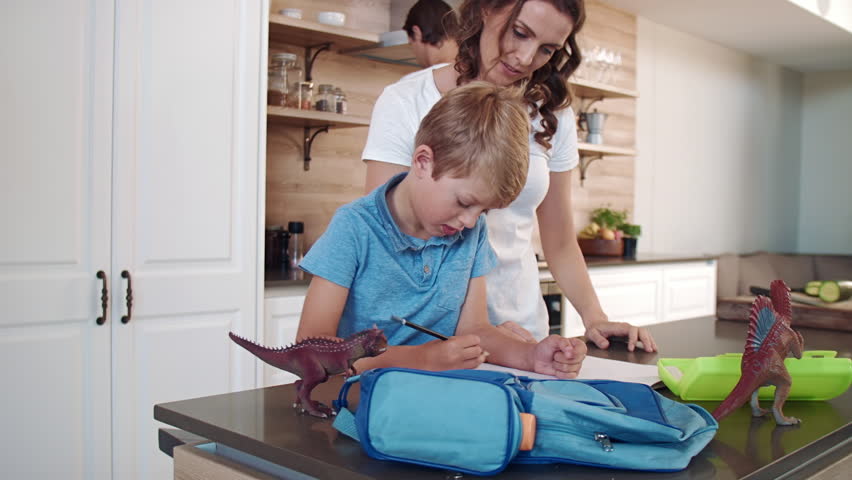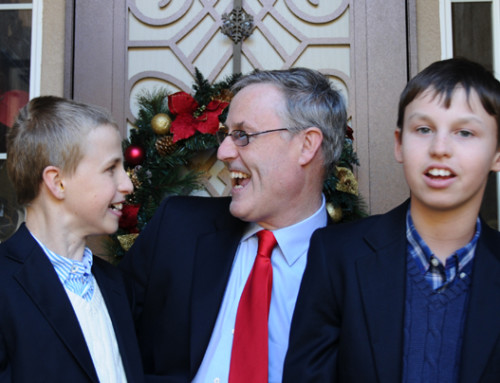What is autism?
Autism is a developmental disability. Children with autism, also known as autism spectrum disorder or ASD, have social, communication and language problems. They also have restricted and repetitive patterns of behavior, interests, or activities, such as flipping objects, echolalia, or excessive smelling or touching of objects. Autism may be mild or severe. All children with autism don’t have the exact same problems. Children with autism may have the following social and communication skills and common behaviors:
Social Skills
Your child may have problems using social skills to connect with other people. He may seem to be in his own world. It may be hard for him to
- share a common focus with another person about the same object or event-known as joint attention;
- play with others and share toys;
- understand feelings;
- make and keep friends.
Communication Skills
Your child may have trouble with communication skills like understanding, talking with others, reading or writing. Sometimes, she might lose words or other skills that she’s used before. Your child may have problems
- understanding and using gestures, like pointing, waving, or showing objects to others;
- following directions;
- understanding and using words;
- having conversations;
- learning to read or write. Or she may read early but without understanding the meaning—called hyperlexia.
Your child also may
- repeat words just heard or words heard days or weeks earlier-called echolalia (pronounced ek-o-lay-le-a);
- talk with little expression or use a sing-song voice;
- use tantrums to tell you what he does or does not want.
Common Behaviors
A child with autism may
- have trouble changing from one activity to the next;
- flap hands, rock, spin or stare;
- get upset by certain sounds;
- like only a few foods;
- have limited and unusual interests-for example, talk about only one topic or keep staring at one toy.
How is autism diagnosed?
It is important to have your child evaluated by professionals who know about autism. Speech-language pathologists (SLPs), typically as part of a team, may diagnose autism. The team might include pediatricians, neurologists, occupational therapists, physical therapists, and developmental specialists, among others. SLPs play a key role because problems with social skills and communication are often the first symptoms of autism. SLPs should be consulted early in the evaluation process. There are a number of tests and observational checklists available to evaluate children with developmental problems. The most important information, however, comes from parents and caregivers who know the child best and can tell the SLP and others all about the child’s behavior.
What is Social (Pragmatic) Communication Disorder?
Problems with social uses of language may be a social communication disorder, sometimes called a pragmatic language disorder. All children with autism have social communication problems. Children with other disorders also may have social communication problems. Sometimes a child just has a social communication disorder. Children with social communication problems also may have other language disorders. These may include problems with vocabulary, grammar, reading, or writing.
A social communication disorder may lead to behavior problems. Children may be frustrated because of their communication problems. They may not be able to share their wants or needs.
Children who have social communication problems without restricted or repetitive patterns of behavior, interests, or activities may be diagnosed as having a Social (Pragmatic) Communication Disorder rather than an Autism Spectrum Disorder.
What treatments are available for people with autism?
There is no known cure for autism. In some cases, medications and dietary restrictions may help control symptoms. Intervention should begin when the child is young. Early intervention and preschool programs are very important. An evaluation by an SLP should be completed to determine social skill, communication, language, and behavior needs. An appropriate treatment plan that meets the needs of the child and family can then be established. Treatment may include any combination of traditional speech and language approaches, augmentative and alternative communication, and behavioral interventions. It is also important to have the child’s hearing evaluated to rule out hearing loss.
Read more in this guide from the Agency for Healthcare Research and Quality (AHRQ), Therapies for Children with Autism Spectrum Disorders: A Review of the Research for Parents and Caregivers.
What causes autism?
Autism is a lifelong problem with a number of possible causes, including but not limited to:
- genetic problems or syndromes;
- severe infections that affect the brain (meningitis, celiac disease, encephalitis, etc.);
- exposure to toxins or illness during pregnancy (rubella, chemicals, etc.).
What do SLPs do when working with individuals with autism?
An SLP may work with your child at home, in the classroom, or in an office. Your child might work on some goals alone or in small groups. Small groups allow your child to practice skills with other children.
An SLP will help your child understand, talk, read, and write. SLPs work with children on social skills too. They also work with children who don’t talk at all. An SLP may help your child:
- develop joint attention;
- play and get along with others;
- understand and use gestures to communicate;
- follow directions.
An SLP will help your child understand and use words. Your child may learn to
- ask and answer questions;
- ask for help;
- take turns in a conversation;
- start or stop a conversation.
SLPs also work on reading and writing. Your child may learn to
- look at books and tell stories;
- write letters, words, and sentences.
An SLP may use augmentative and alternative communication (AAC) with your child. AAC should be used at home and when you go out. It’s not just for school. AAC includes
- sign language;
- gestures;
- pictures, photos, objects, or videos;
- written words;
- computer, tablets, or other electronic devices.
Many children with autism can benefit from AAC. AAC may even help children learn to talk.
Children with autism may to like the way foods look, taste, or smell. They may not like how some foods feel in their mouth. Your child may
- refuse new foods;
- avoid foods with different textures, colors, or tastes;
- eat a limited number of foods.
An SLP can help your child accept new foods.
What resources are available about autism?
ASHA developed some resources about autism for clinicians who work with autism spectrum disorders.
Additional Resources
This list is not exhaustive and inclusion does not imply endorsement of the organization or the content of the website by ASHA.
- Autism Society of America
- Autism Speaks – Watch video clips of early red flags of autism in the ASD Video Glossary.
- Autism Today
- Centers for Disease Control and Prevention Autism Information Center
- National Institutes of Mental Health Autism Information
- SafeSoundFamily – A guide to keeping children with autism safe
See also: What Is Autism? ; How Is Autism Diagnosed? ; What are Autism Symptoms? ; How Is Autism Treated? ; Video modeling







Leave A Comment